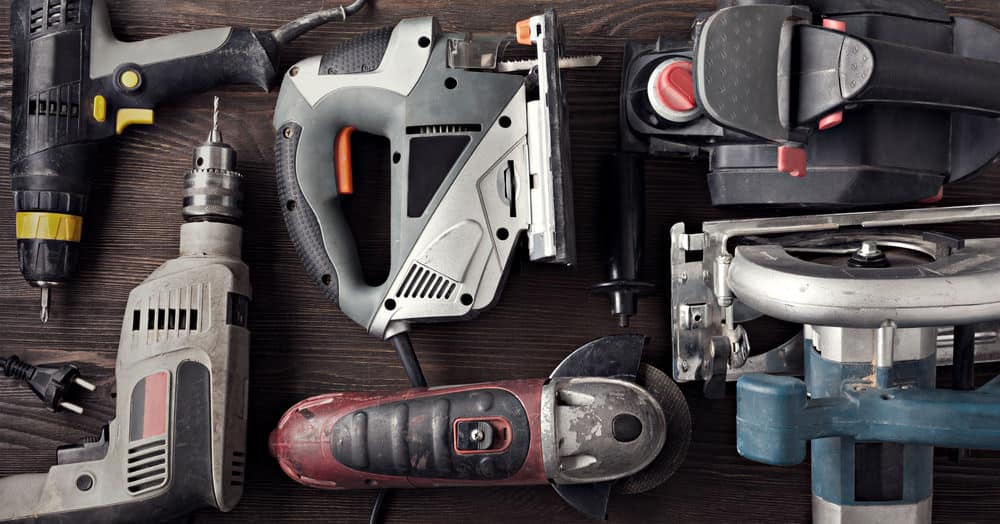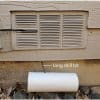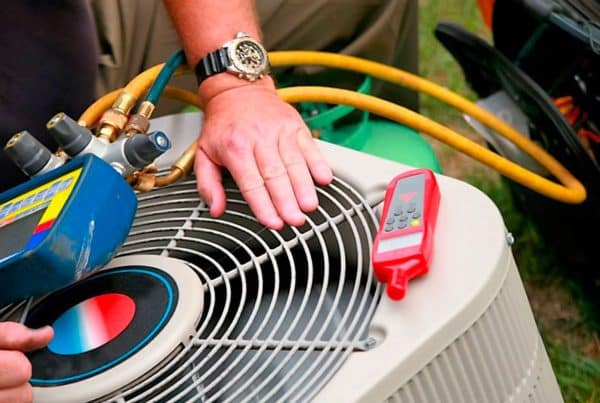Power tools are essential for any DIY enthusiast or professional tradesperson. Proper maintenance is critical to getting the most out of your power tool, whether you’re a novice or an expert. This article will discuss seven tips to help you maintain your power tool and keep it running like new. From reading the instruction manual to performing regular maintenance, we’ll cover everything you need to know. For more resources about power tools, visit thebestpowertoolz.com site.
Tip 1: Read the Instruction Manual
Before turning on your power tool, familiarize yourself with the instruction manual. It will tell you the right way to use your tool and let you know the kind of fuel and lubricants you should use. It will also have troubleshooting advice if something goes wrong. Understanding the manual ahead of time can help you save time and money in the long run.
Tip 2: Store in a Dry Place
When storing a power tool, always make sure it is in a dry place. Moisture can cause the tool to rust and corrode, leading to a much shorter lifespan. Check the storage area regularly for any signs of water damage. If you are storing the tool outside, it’s crucial to cover it with a tarp or something similar to protect it from the elements. Additionally, it’s best to store the power tool away from direct sunlight, as UV rays can cause it to deteriorate over time. Keeping the tool on a shelf or in a toolbox is ideal, as it will help protect it from dust, dirt, and other debris.
Tip 3: Use the Right Fuel
You should always use the type of fuel the manufacturer recommends for your power tool. This will ensure that your engine runs properly and help you avoid damage to the tool. Use the correct ratio of gasoline and oil if using a gas-powered tool. For electric power tools, it’s essential to use the same type of charger specified by the manufacturer. Using the wrong fuel or charger can cause significant issues with your power tool, so always read your manual for the recommended type of fuel and charger.
Tip 4: Check the Blades Regularly
It is essential to check the blades of your power tools regularly for any signs of damage or wear. If you notice any chips, cracks, bends, or other signs of wear, replace the blades immediately. This will help reduce the risk of accidents or injuries caused by a damaged blade. If you’re not sure what type of blade your power tool requires, consult your instruction manual or contact the manufacturer for assistance. Additionally, remember to check the balance of the blades and adjust it as necessary to ensure they are correctly aligned.
Tip 5: Lubricate Moving Parts
It’s important to lubricate the moving parts of your power tool, such as the gears, pulleys, and bearings. This will help prevent wear and tear and ensure it runs smoothly. Be sure to use the correct type of lubricant for your power tool, and refer to the manufacturer’s instructions for any specific instructions. If you don’t want to use a lubricant, you can also use light machine oil, which is more affordable and easier to use. Avoid using WD-40, as this can damage the power tool.
Tip 6: Clean the Power Tool
Regularly cleaning your power tool is essential for its longevity. Use a damp cloth to wipe away dust and debris after each use. You can also use compressed air to blow away dust particles stuck in tight spaces. If your tool is waterproof, you can even use a hose to spray it down for extra cleaning. Be sure to avoid soap and harsh chemicals that could damage the tool. Keeping your power tool clean will reduce wear and tear and extend its life.
Tip 7: Perform Regular Maintenance
Regular maintenance is vital to keeping your power tool in good condition. Routine maintenance on your power tool is the best way to ensure it will last you a long time. Check the blades and moving parts for wear and tear and provide any necessary replacements. Clean the tool regularly and make sure the fuel is stored correctly. If the power tool has an oil port, lubricate it according to the manufacturer’s instructions. Lastly, check the power cord for wear and tear and replace it if necessary. By following these steps, your power tool will remain in excellent condition and perform well for a long time.
Conclusion
In conclusion, correctly maintaining your power tools is essential for ensuring their longevity. Reading through the instruction manual, storing the tool in a dry place, using the proper fuel, checking the blades regularly, lubricating the moving parts, cleaning the power tool, and performing regular maintenance will help you get the most out of your power tool. With these tips, you’ll be able to ensure that your power tool works just as effectively as the day you bought it.








